What is Beetroot? Different Types Of Beetroot
Are you looking for simple and nutritious food to add to your diet? If so, look no further than the mighty beetroot! Beetroot is an ancient root vegetable that’s been around for centuries. Not only does it boast incredible health benefits, but it can also be enjoyed in a variety of delicious dishes.
In this blog post, we’ll deep dive into everything there is to know about the super versatile beetroot – from its nutritional properties to fun recipes that include it. So let’s get started by exploring the basics: what is beetroot exactly?

Contents
What Is Beetroot?
Beetroot, also known as Beta vulgaris or table beet in the scientific community, is a root vegetable known for its deep, purple-red hue. This nutritious plant belongs to the Chenopodiaceae family.
Beetroots come in a variety of types, including red, gold, and striped, each offering a unique flavor profile. This vegetable is more than just a colorful addition to meals; it’s brimming with a wealth of nutrients.
Where Did Beetroot Originate?
The origin of beetroot traces back to the ancient Mediterranean region. It was first cultivated by the Romans and Greeks, who initially used the leaves before recognizing the value of the root.
Over time, beetroot spread to other parts of Europe, Asia, and the Americas. Today, it is grown in various parts of the world due to its adaptability to different climates and soil types.
Is Beet The Same As Beetroot?
Yes, the terms “beet” and “beetroot” are used interchangeably and refer to the same vegetable. While it’s commonly called “beet” in the U.S., in many other parts of the world, including the U.K., it’s referred to as “beetroot”.
What Does A Beetroot Look Like?
Beetroot is a root vegetable that is round or oval in shape. It’s typically a rich, dark red or purple color, though there are varieties that can be golden or white. It has fairly tough and smooth skin, while the inside is firm and crunchy when raw, becoming softer when cooked.
The beetroot is attached to green leaves and stems, which are also edible and similar in taste to spinach.
What Does Beetroot Taste Like?
Beetroot has a unique taste that is often described as sweet and earthy. The sweetness is quite pronounced, thanks to its high sugar content, which is why it’s sometimes used in desserts. However, beetroot’s sweet flavor is balanced by an underlying earthiness, giving it a complex profile.
Some people also detect a slight bitterness, particularly in the skin. When cooked, beetroot becomes softer and its sweetness more subtle, but the characteristic earthy flavor remains.
Types Of Beets
Did you know there are many specialty beet varieties with unique flavor profiles and characteristics? Here are some common types of beetroots:
1. Sugar Beets
Sugar beet, a specialized type of beet, is distinctively known for its high sucrose content. Unlike the typical deep-colored beetroot, sugar beets are white and have an appearance akin to turnips.
Primarily cultivated for commercial sugar production, sugar beets have carved out their own niche in the beet family. While they still possess some of the earthy sweetness associated with beetroot, their flavor is less intense, often described as subtly sweet with a slightly fibrous texture.

The Cylindra beet, often referred to as the Formanova beet, is an heirloom variety notable for its unique elongated shape, akin to a butter slicer. Its cylindrical form lends itself to easy slicing and peeling, making it a popular choice in the kitchen.
It boasts an earthy and sweet flavor that softens upon cooking, enveloped by a smooth, dark maroon skin. The Cylindra beet’s deep red flesh and fine-grained texture further enhance its culinary appeal.

3. Baby Beets
As the name suggests, baby beets are young beetroot harvested early for their small size and tender texture. These delicious roots usually have a round shape, and their size can vary from that of a cherry to a golf ball.
The flavor of baby beets is notably sweeter and less earthy than mature beets, making them a favorite in various dishes. Their leaves, known as baby greens, are also edible and are often used in salads for their fresh and slightly bitter taste.

4. Detroit Dark Red Beets
This type of beet is an heirloom variety known for its deep red roots that are as delicious as they are vibrant. The round shape of these beauties, about 3″ in diameter, makes them perfect for various recipes.
From their bright red stems to their dark green leaves, every part of the Detroit dark red beet is a celebration of color and flavor. The baby greens offer a delightful crunch, while the delicious roots bring a unique sweetness to any dish.

5. Golden Beets
Golden beet is a delightful variety of beet that stands out for its radiant, golden-yellow hue. Unlike the stronger earthy taste of most beet varieties, golden beets offer a mild flavor, making them a popular choice for those who appreciate a subtler, less earthy taste in their root vegetables.
Their shape ranges from round to slightly oblong, covered in a smooth skin that reveals the bright yellow flesh inside when cut open. As a herbaceous vegetable, golden beets are found in gardens and farmers’ markets around the world, loved for their sweet taste and the colorful touch they add to dishes.

6. Deep Red Beets
Deep red beets are renowned for their rich, sweet flavor and smooth, round roots. These beets have a distinctive deep crimson color, adding a vibrant touch to any dish.
They’re not just about the root; the green tops are edible and equally delicious, often used in salads or as a cooked side dish. This type of beetroot is a favorite among gardeners and farmers around the globe due to its adaptability to various climates and its high yield.

7. White Beets
White beets, particularly the Albino and Detroit White varieties, are unique beetroot types known for their hearty flavor and distinct round shape. These beets feature solid white roots that add a touch of uniqueness to any dish without the typical staining or bleeding of red beets.
Their flavor profile is sweet and hearty, offering a mild taste that’s less earthy than other beet varieties. The green tops of white beets are also edible, providing a nutritious addition to salads or cooked dishes.

8. Chioggia Beets
Chioggia beets, an heirloom variety from Italy, are an exciting addition to any garden or kitchen. They’re known for their unique candy-stripe pattern of deep pink and white spirals, contained within a pale red skin when sliced.
The globular to oval shape of these beets adds to their appeal. As for the flavor, Chioggia beets offer a sweet taste that’s less earthy than other beetroot types. The green leaves connected to these beets are thick and crisp, making them a nutritious addition to salads.

Is Beetroot Low Fodmap?
Beetroot contains two fermentable short-chain carbohydrates: oligosaccharides and monosaccharides in the form of fructose [source]. Because of this, it is considered a high FODMAP food when consumed in larger quantities.
However, according to testing done by Monash University, a respected institution in the field of FODMAP research, a low FODMAP serving size of fresh beetroot is 25 grams, which is equivalent to about two thin slices per meal [source].
This means that while beetroot is not inherently low in FODMAPs, it can be included in a low FODMAP diet if consumption is limited to smaller portions.
Can You Eat Beetroot Raw?
Absolutely, you can eat beetroot raw! Fresh beets are a crunchy treat that can bring both color and flavor to your meals. The earthy sweetness of raw beets can add a unique twist to your summer salads.
And did you know? Not only the beetroot but even the beet greens can be eaten raw. These leafy dark green tops are often overlooked, but they’re packed with nutrients and can be a great addition to your meals.
Health Benefits Of Beetroot
Beetroots, known for their vibrant red color, offer a host of health benefits, particularly related to blood pressure and heart health. Here are some key points based on recent research:
Blood Pressure Reduction
Beetroots contain a high concentration of nitrates, which can help lower your blood pressure levels. Studies have found that drinking about 2 cups of beet juice daily or taking nitrate capsules can potentially lower blood pressure in healthy adults.
Improved Blood Flow
The nitrates in beets are precursors for producing Nitric Oxide (NO), which dilates blood vessels, improving blood flow throughout the body. This means better circulation, which can contribute to lower blood pressure.
Heart Health
Beets are rich in potassium, which helps create more flexible blood vessels, leading to lower blood pressure. This, in turn, provides multiple benefits for cardiovascular and heart health.
Reduced Risk Of Heart Disease
Beets have the potential to lower blood pressure and enhance blood flow, thereby reducing the risk of heart disease and stroke.
Exercise Endurance
Some research suggests that the nitrates in beet juice may improve exercise ability in heart failure patients, contributing to overall heart health.
Can Women Beetroot In Pregnancy?
Yes, women can indeed consume beetroot during pregnancy. Beetroots are a highly recommended food for pregnant women due to their high vitamin and mineral content. Whether they are cooked, juiced, or raw, beetroots offer numerous health benefits.
Studies even show that consuming beetroot juice may help reduce high blood pressure in some pregnant women, thanks to the nitrate content in beetroot.
Is Beetroot Juice Good For You?
Beetroot juice is truly a health powerhouse, brimming with vitamins, minerals, and antioxidants that bestow a multitude of benefits upon our well-being. Its nourishing properties contribute to a wide array of positive impacts on our health.
For starters, beetroot juice is known to enhance endurance and cardiorespiratory performance, making it a popular choice among athletes. It also improves nitric oxide production, positively affecting your heart and muscles.
Can You Grow Beets At Home Garden?
Absolutely, you can grow beets in your home garden. Here are some steps to plant beets:

Selecting The Seeds
Each beet seed is a hard little cluster of 2 to 4 seeds. Beet varieties well-suited for backyard gardens include red beets, white beets, golden beets, and red-and-white striped beets.
Sowing The Seeds
We opt for direct sowing of beets in the garden, avoiding any disruption to their delicate roots. Plant the seeds with a depth of ½-inch and maintain a 1 to 2 inches spacing between them in rows. You can start beets indoors or start several seeds together.
Germination
Plant the beets from seeds directly into the garden. Enhance seed germination by soaking them in warm water for 24 hours before planting. It takes several days or even a week for the seeds to sprout.
Growing Conditions
Beets can be easily grown from seed in the ground or in containers. They need a sunny spot with good soil drainage.
Care For Beets
When growing beets, lightly cover the seeds with loose soil and sprinkle them with water. Beets are pretty hardy and can withstand a range of conditions, but they do best in cooler temperatures.
Harvesting
Beets can be harvested when they’re about the size of a golf ball for the sweetest flavor. The greens are also harvested and eaten.
Delightful Beetroot Recipes To Try Right Now
Beetroot is a versatile vegetable that’s packed with vitamins and minerals. It’s a great addition to any diet, offering your dishes a unique flavor and stunning color. Today, we’ll look at two delectable beetroot recipes that will surely impress you.
Citrus And Honey Roasted Beets
The sweet honey perfectly complements the tangy citrus, creating a flavor profile that’s both refreshing and satisfying. This dish can be served as a side next to a stuffed butternut squash or as a meal with some goat cheese. It’s a versatile option that’s sure to please any palate.
To fully appreciate the depth of flavors in this dish, visit the original recipe. You’ll find detailed instructions that ensure your roasted beets come out perfectly every time.
Instant Pot Beetroot Soup
This beetroot soup is not only delicious but also incredibly easy to prepare. It is a delightful and comforting dish that is absolutely perfect for those cold and cozy evenings when you crave something warm, nourishing, and satisfying.
With the instant pot, preparing this recipe becomes effortless, ensuring you can enjoy a nourishing meal in no time. For a step-by-step guide on how to make this soup, make sure to check out the original recipe.
So, What Is Beetroot? Conclusion
In conclusion, beetroot is a highly nutritious and versatile vegetable that can be used in many delicious recipes. Whether you’re looking for a colorful addition to your salads or want to take advantage of its health benefits with some hearty soup, there are plenty of ways to enjoy it!
It’s an excellent choice when it comes to adding flavor, color, and nutrition to your meals. Plus, the high levels of nitrates found in beets make them ideal for reducing blood pressure and improving heart health. Therefore, consider including beetroot in your diet – you’ll be glad you did!
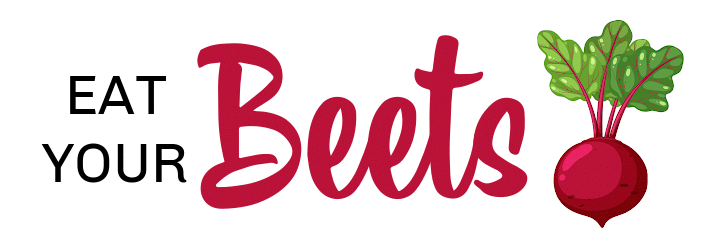
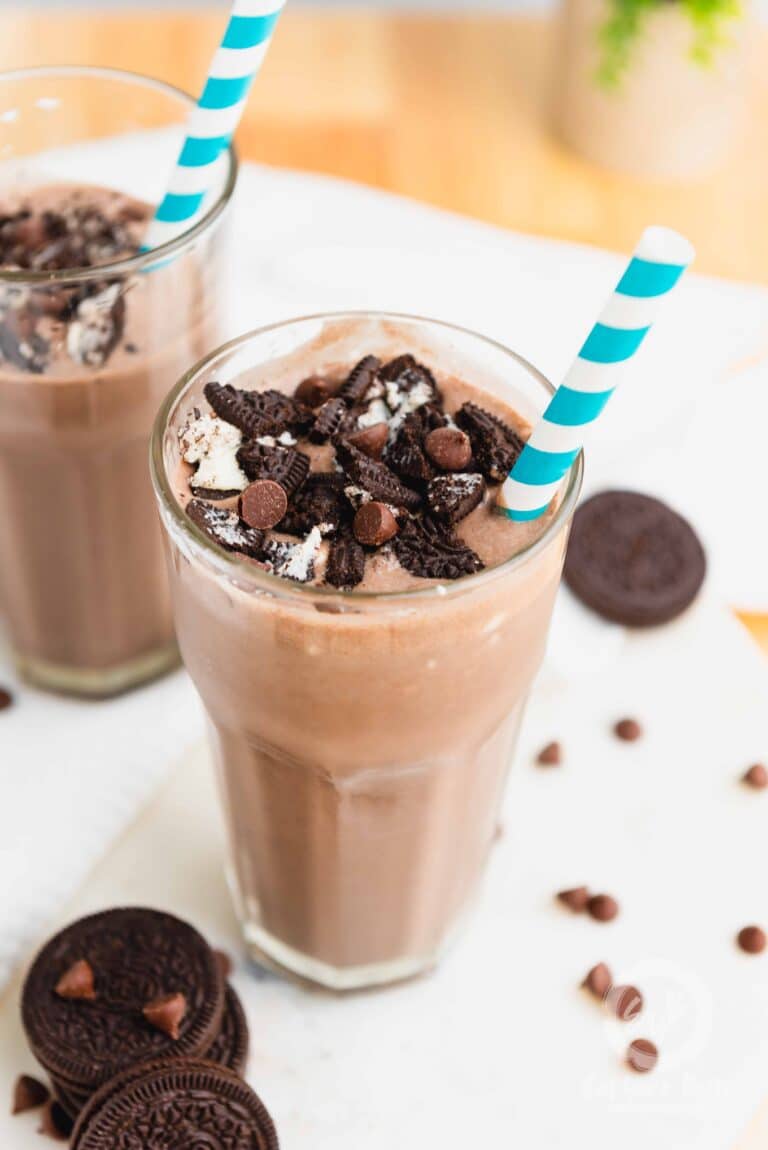


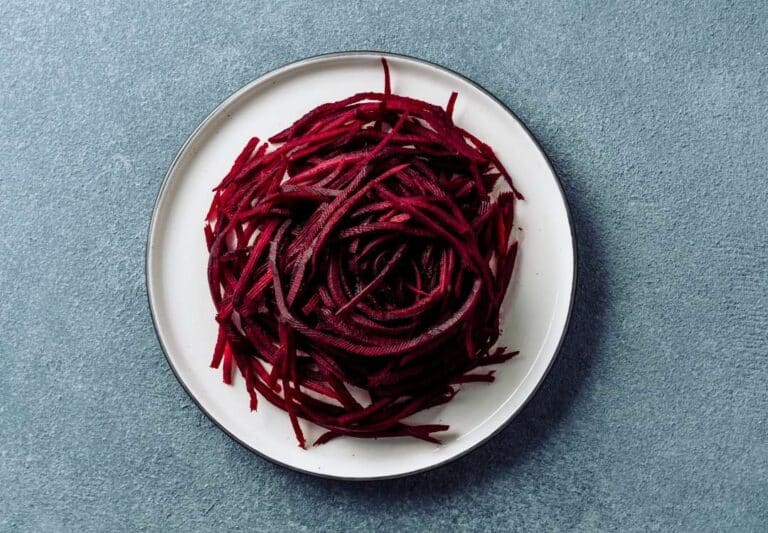
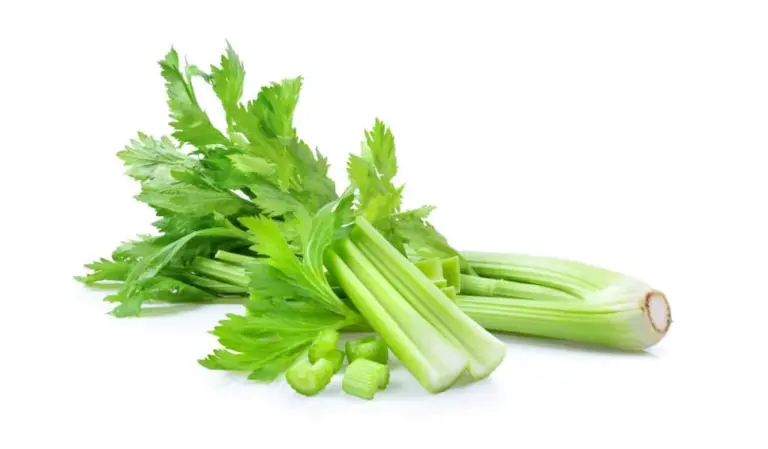
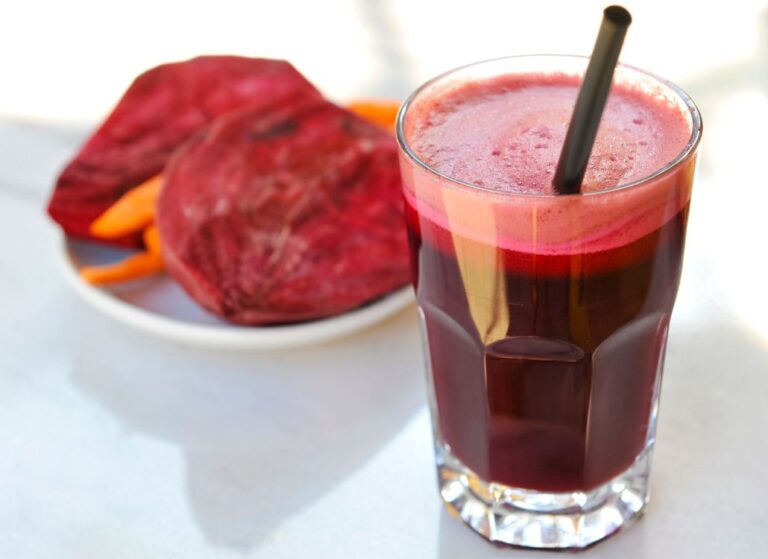
2 Comments
Comments are closed.